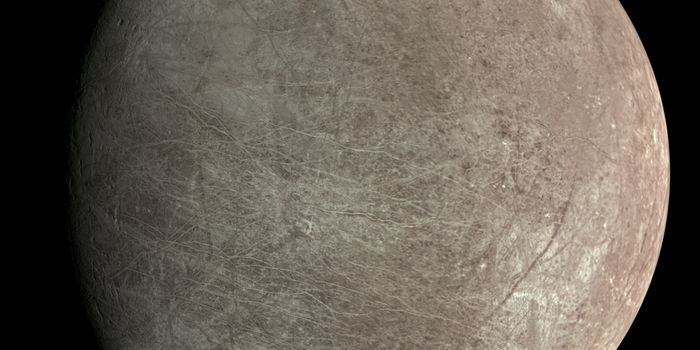The Science Behind Designing Spacecraft for Other Worlds
When spaceflight engineers design highly specialized spacecraft for interplanetary missions, they’re doing some rather extraordinary things. The whole process involves developing a concept and formulating a realistic budget so that everything can come together for the final product.
When designing a spacecraft, careful attention must be given to factors such as materials, propulsion, and software, each of which plays an instrumental role in the space vehicle system. As you might come to expect, every environment necessitates a different approach based on gravity, climate, and terrain, among other things.
In the case of these engineers, it’s typical for a team to devise around 16 different designs each year, ranging from land-crawling rovers, to underwater submarines, to planet-orbiting spacecraft. Each one serves a unique purpose, depending on the mission description it’s being built for.
In some cases, mission designs are scrapped altogether, but the efforts used during that design don’t go to waste. The team often tries to repurpose old plans for new concepts, which saves both time and money to get the job done effectively.








